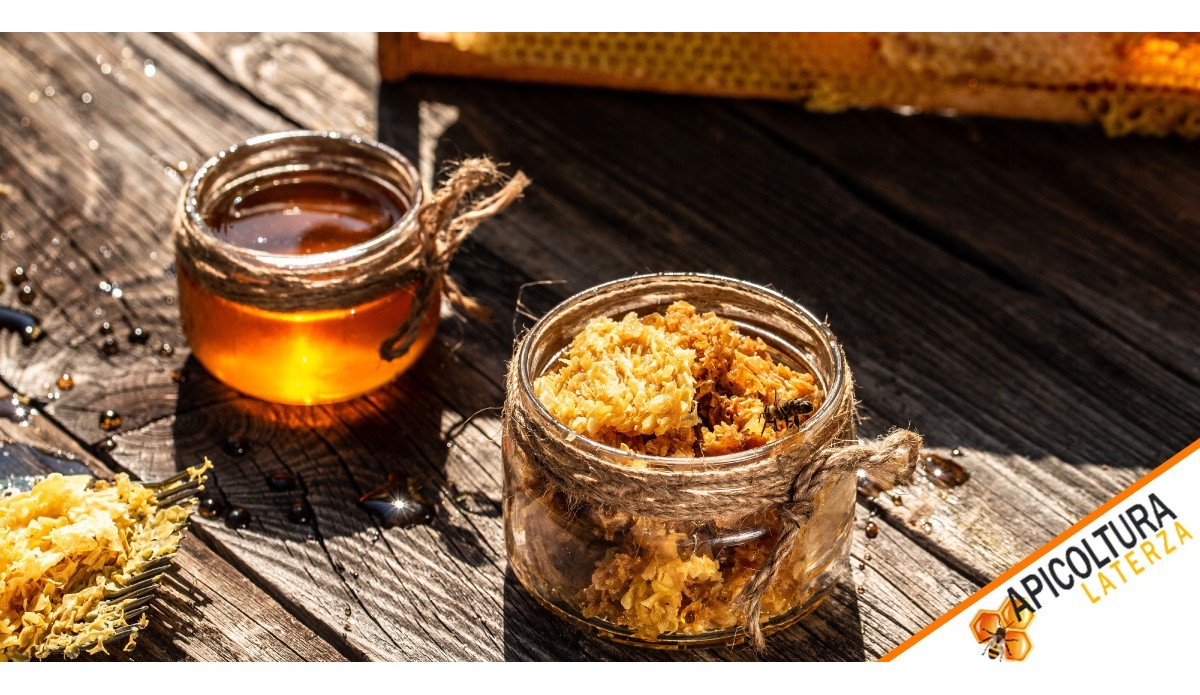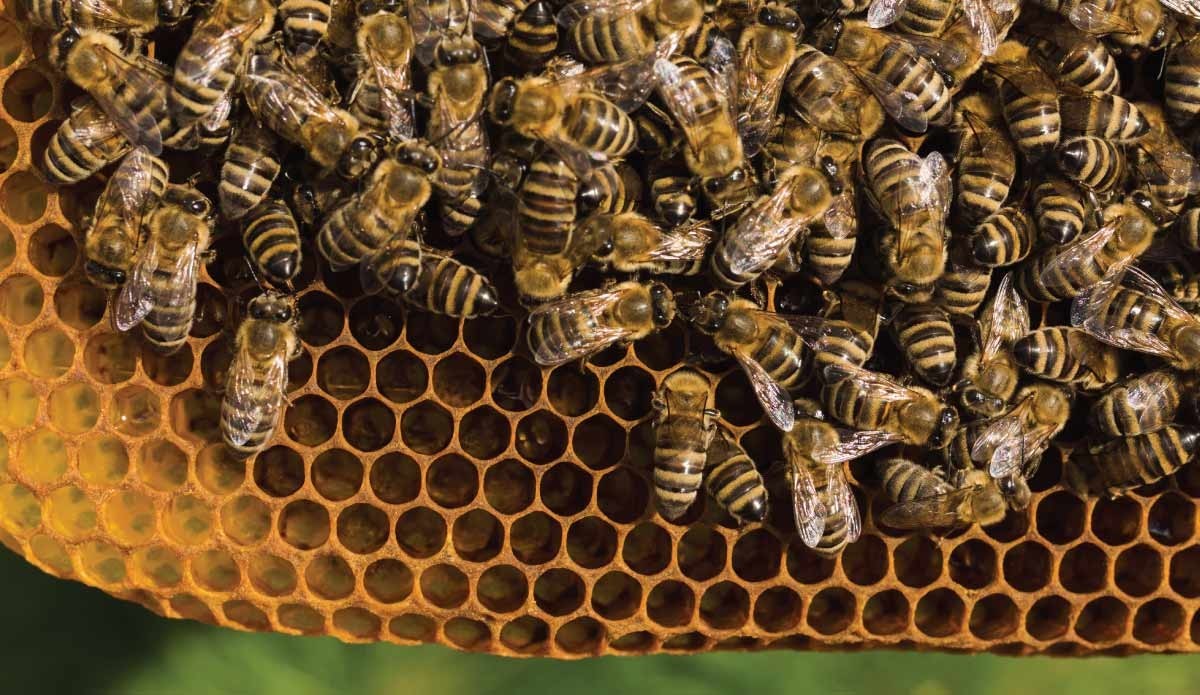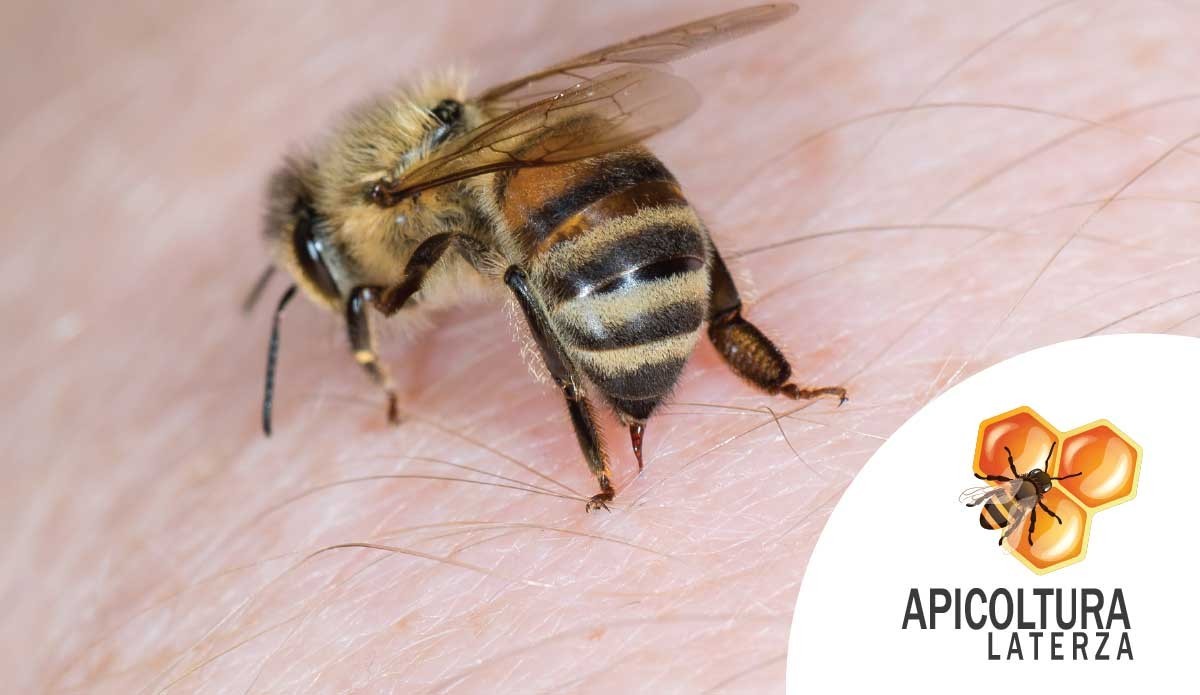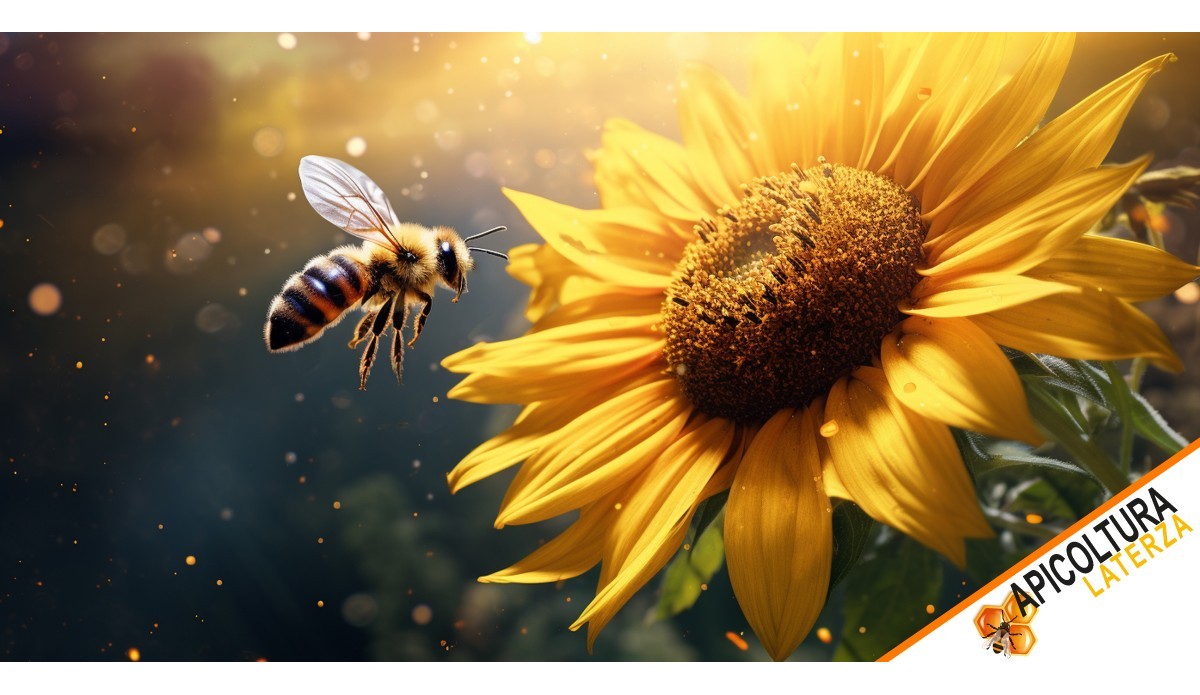From Plant to Honey: How Bees Transform Nectar into Honey

From Plant to Honey: How Bees Transform Nectar into Honey
Bees are one of the most crucial components of our ecosystem. Not only do they ensure the survival of plants through pollination, but they also gift us with an extraordinary product: honey. Behind every spoonful of honey lies a story of hard work, collaboration, and precision. Transforming nectar into honey is a fascinating process involving hundreds of bees, each with a specific role.
In a time when beekeeping is becoming an invaluable resource for both the economy and the environment, understanding this process brings us closer to nature and makes us appreciate artisanal honey and bee nuclei even more. Apicoltura Laterza, with its expertise and passion for bees, is committed to producing high-quality honey and providing bee nuclei for both professional and amateur beekeepers.
From Plant to Honey: How Bees Transform Nectar into Honey
Bees are one of the most crucial components of our ecosystem. Not only do they ensure the survival of plants through pollination, but they also gift us with an extraordinary product: honey. Behind every spoonful of honey lies a story of hard work, collaboration, and precision. Transforming nectar into honey is a fascinating process involving hundreds of bees, each with a specific role.
In a time when beekeeping is becoming an invaluable resource for both the economy and the environment, understanding this process brings us closer to nature and makes us appreciate artisanal honey and bee nuclei even more. Apicoltura Laterza, with its expertise and passion for bees, is committed to producing high-quality honey and providing bee nuclei for both professional and amateur beekeepers.
In this article, we will explore all the stages of bees' work, from nectar collection to honey production, and explain why high-quality bee nuclei are essential for successful beekeeping. Most importantly, we will demonstrate how honey symbolizes harmony between humans and nature, a precious product requiring care and respect at every step.
Join us on this extraordinary journey from flower to hive, to the jar of honey that brings flavor and wellness to our tables.
1. Collecting Nectar: The First Step Towards Honey
The journey of honey begins with forager bees, tireless workers leaving the hive to search for nectar. These bees visit selected flowers, attracted by their colors and scents, and use their proboscis to extract the nectar, a sugary substance produced by flowers to attract pollinators.
- The role of forager bees: Each bee can visit up to 200 flowers per trip, contributing to both nectar collection and pollination.
- Nectar transport: Once collected, the nectar is stored in a special sac called the "honey stomach," without being digested.
2. Returning to the Hive: Transformation Begins
After collecting nectar, the forager bees return to the hive to pass it on to worker bees. This is where the process of transforming nectar into honey begins.
- Nectar exchange: The nectar is passed from bee to bee, enriched with enzymes in the process. This step is crucial for initiating chemical transformation.
- Nectar processing: During the exchange, the water content in the nectar starts to evaporate, and enzymes break down complex sugars into simple sugars.
3. Storing the Nectar: Preparing the Comb
Once partially transformed, the nectar is stored in honeycomb cells, which are hexagonal structures built by bees from wax. These combs are designed to optimize space and protect the honey as it matures.
- Hive ventilation: Bees fan their wings to create airflow that accelerates water evaporation from the nectar.
- Sealing the cells: When the nectar reaches the right consistency, bees seal the cells with a thin layer of wax to preserve and protect it.
4. Honey Maturation: The Final Step
The nectar sealed in the combs continues to mature, completing its transformation into honey. This process can take several days, depending on the amount of nectar and climatic conditions.
- Honey storage: Once matured, honey serves as a food reserve for the hive, especially during the winter months.
- Harvesting honey: Beekeepers carefully harvest the honey, leaving enough reserves for the bees' sustenance.
The Value of Bee Nuclei for Beekeeping
For those looking to start or expand a beekeeping activity, high-quality bee nuclei are a fundamental investment. A bee nucleus is a small colony of bees, complete with a queen, combs, and food reserves, ready to grow and start producing honey.
- Why choose Apicoltura Laterza's bee nuclei? With our expertise, we offer selected, strong, and resilient bee nuclei.
- Benefits for the beekeeper: A strong bee nucleus allows you to quickly start a new colony and produce high-quality honey in a short time.
From nectar to honey, the work of bees exemplifies perfect harmony between nature and productivity. If you are a beekeeper or want to start a beekeeping activity, Apicoltura Laterza's bee nuclei are the ideal choice for ensuring high-quality honey production and contributing to the protection of bees.
Contact us today to discover our bee nuclei and artisanal honey. Apicoltura Laterza: quality, sustainability, and passion for beekeeping.






